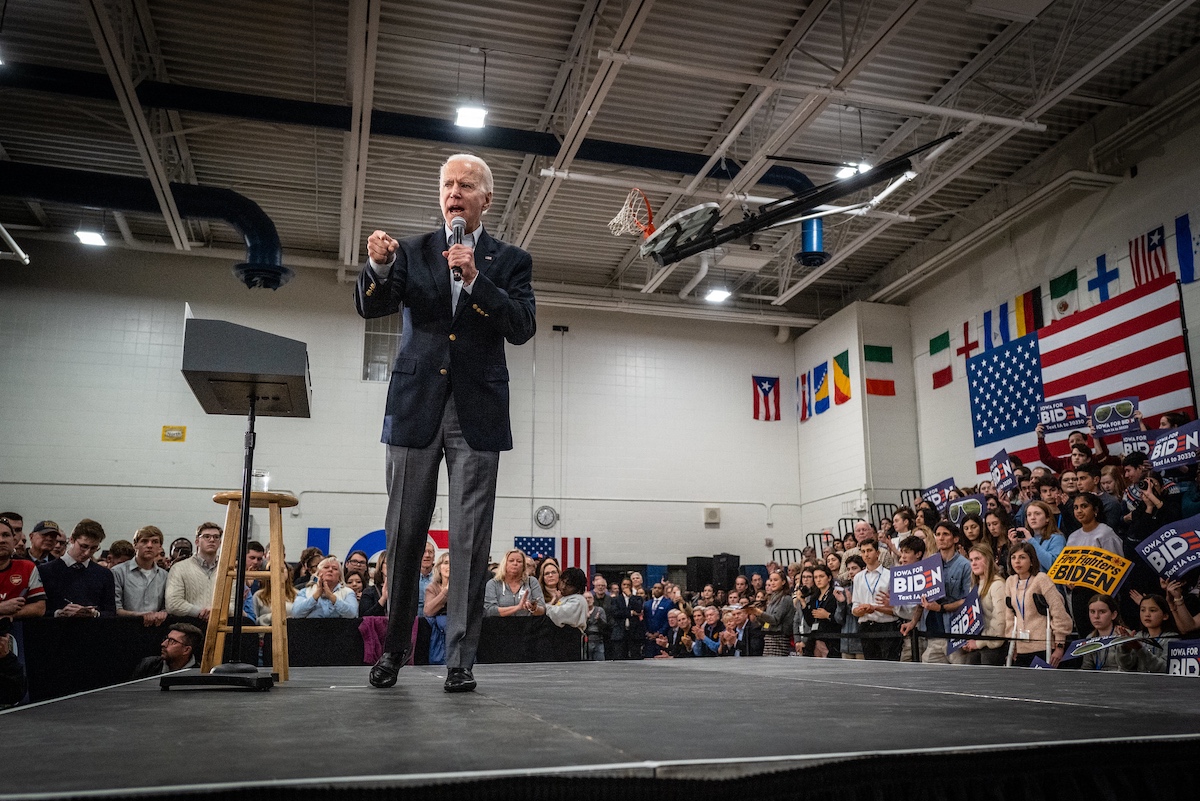Will the United States be the next country to sanction government use of cryptocurrency?
It’s looking like a realer possibility each day.
Last week, President Joe Biden signed an executive order on digital assets, including cryptocurrencies, citing the market’s $3 trillion market capitalization as a reason to consider implementing them into the American financial system. While the order didn’t specifically launch any new policies or programs, it strongly urges the Federal Reserve to look more seriously at creating its own digital currency for the central bank. Furthermore, it underscores the need to assess not only the benefits, but the security and privacy risks of government use of cryptocurrency.
“The rise in digital assets creates an opportunity to reinforce American leadership in the global financial system and at the technological frontier, but also has substantial implications for consumer protection, financial stability, national security, and climate risk,” a fact sheet on the executive order said. Given the rapid growth of the space in recent months, it’s become clear, the sheet said, that the US will need to play a role in global governance of digital assets to maintain its position as a leader of technology and innovation.
Right now, around 16% of American adults have invested in cryptocurrencies, including 43% of men ages 18 to 29.
Despite only containing a few guidelines for steps forward, this executive order is the first official digital assets strategy set forth by the US government. Specifically, the order called for a focus on these areas: protection of financial stability, mitigation of illicit use of digital assets, promotion of US leadership in tech, promotion of equitable access to safe and affordable financial services, support for tech advances and responsible use of digital assets, and finally, exploration of a US Central Bank Digital Currency (CBDC).
The executive order comes after several governments and cities across the globe have announced plans to create their own CBDCs (and the City of Philadelphia, for its part, was recently looking into crypto to fund civic projects). The private sector is even further ahead, with companies working in digital asset spaces like decentralized finance and nonfungible tokens. A number of crypto-related meetups and other community resources have also popped up across the US, encouraging even novice technologists to look into the world of digital assets.
Of note, the executive order also names climate change as a concern to keep in mind with the rise of digital assets. The cryptocurrency mining process comes at a high energy cost for the specialized computers that run the algorithms to validate and increase the circulation of new bitcoins. Some companies, like Stronghold Digital Mining in Pittsburgh, recognize that cost and have business plans to mitigate it, but it’s not perfect. Should cryptocurrency be adopted by the federal government, the executive order emphasized, minimizing those energy costs should be one of the top priorities.
So what, really, does this order mean for the world of Bitcoin, NFTs and more?
Not too much, yet. Though the order calls for urgently needed government research and development in the space, it remains unclear what the conclusions from that process will be. If the federal government does choose to create a digital asset, it could create potential instability in existing currencies and result in new regulations that could limit the freedom of its uses and transactions. But, it could also increase financial security nationwide and give more people access to the benefits of digital assets.
Sophie Burkholder is a 2021-2022 corps member for Report for America, an initiative of The Groundtruth Project that pairs young journalists with local newsrooms. This position is supported by the Heinz Endowments.
This editorial article is a part of Web3 Month of Technical.ly's 2022 editorial calendar.
Join our growing Slack community
Join 5,000 tech professionals and entrepreneurs in our community Slack today!
Donate to the Journalism Fund
Your support powers our independent journalism. Unlike most business-media outlets, we don’t have a paywall. Instead, we count on your personal and organizational contributions.

Maryland firms score $5M to manufacture everything from soup to nanofiber

National AI safety group and CHIPS for America at risk with latest Trump administration firings

Immigration-focused AI chatbot wins $2,500 from Temple University to go from idea to action


